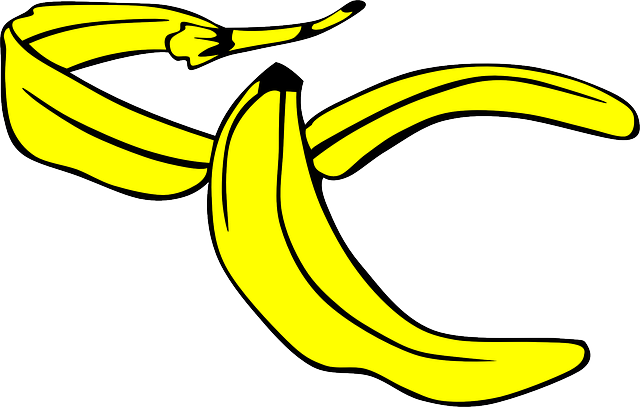Slippage? Yes, please.
Sometimes, the thing you're afraid of turns out to be not so bad. Slippage is one of those things: as system developers, we know it will eat into our backtested performance, as daytraders we know that bad slippage can make a winning trade a loss, and swing traders can feel like they never truly know their risk in some products. Yes, slippage and overnight gap risk can be a cost of trading, but there's another way to think about it. Sometimes, slippage is good, and "happy surprises" can be the death knell of a good trade. Sometimes, we want slippage.
I discussed this idea on page 126 of my book:

The difference between the intended and actual execution prices in a trade is called slippage. If a trader is planning on paying a breakout above $20.00 and receives ?lls at $20.20, this is 20 cents of slippage and can be a significant cost of trading. Most traders think of slippage as only that: a bad thing, a cost to be avoided. However, around breakout points, slippage is actually desirable. It should be difficult to buy a market making a good breakout. You should have to pay higher prices to get in if the market is really moving.
Many traders panic when they receive slippage. A bad ?ll is seen as increasing risk and cutting into profits, and it is hard to argue with this logic, at least on the surface. Think deeper, though, and consider the possible reasons for the bad ?ll. Sometimes it may be the trader’s fault, in which case it should probably be treated as an error and is subject to the error rule (i.e., ?x it immediately). However, slippage is a fact of life in breakout trades. In fact, positive slippage, where you receive a better than expected price, is often the killer here. Imagine you are looking to pay a breakout above $50.00 in a fairly volatile market, expecting that you will be slipped and have to pay $50.05, $50.10, or even $50.20. What if you execute your order and discover that you are filled for your full size at $49.98? This is not a good thing. Someone was willing to sell this market to you at a great price, and caveat emptor—the selling pressure, against your potential breakout, was stronger than expected. Positive slippage is often a sign of an impending failed breakout trade.



